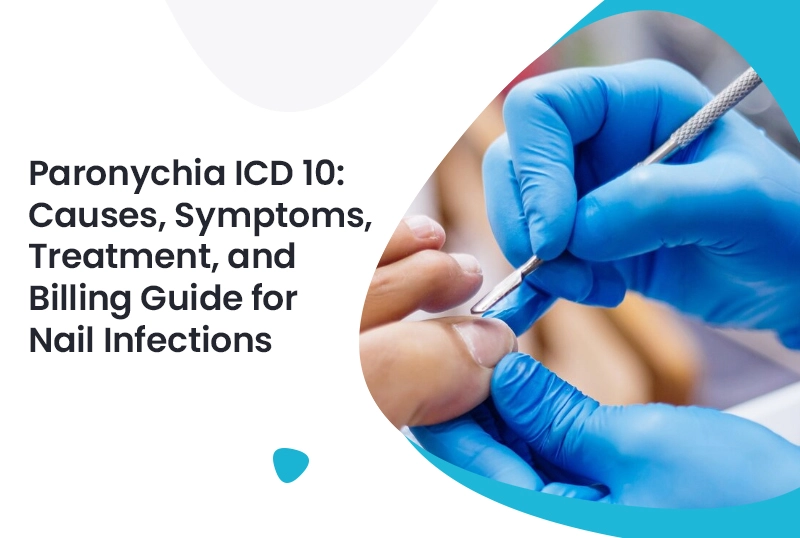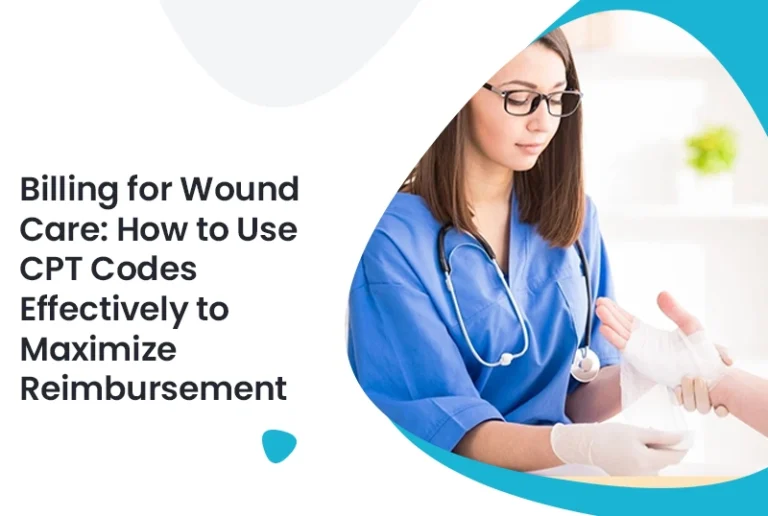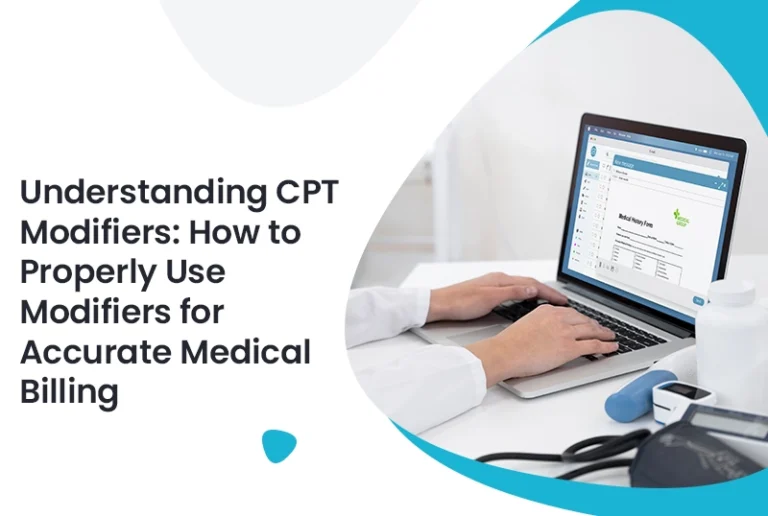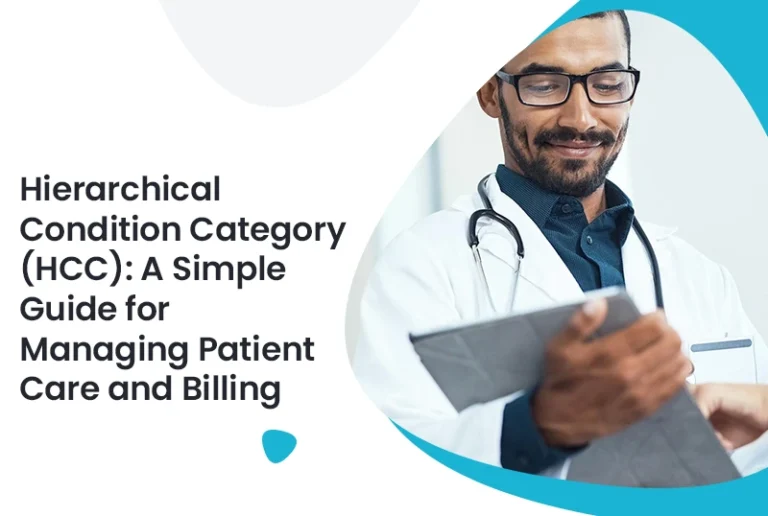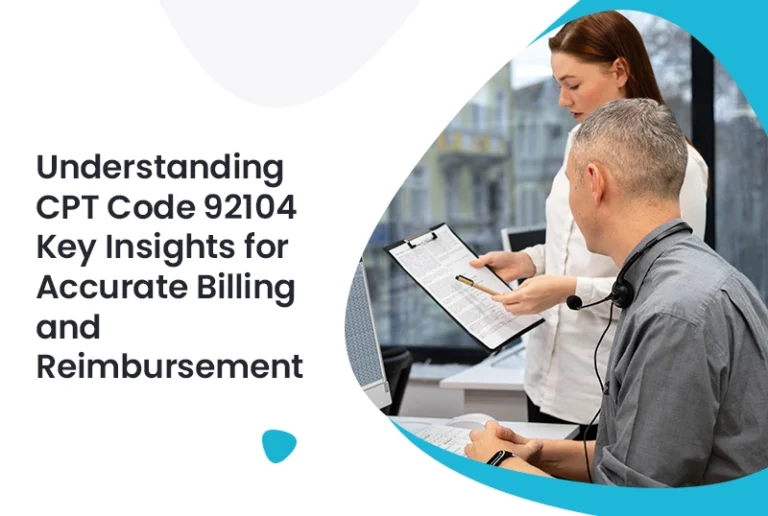Paronychia is more than just a minor nail infection, it can cause significant discomfort and disrupt daily activities like typing, cooking, or even holding small objects. This infection, often caused by bacteria or fungi, inflames the skin around the nails, leading to redness, swelling, and pain. Early recognition and treatment are crucial to prevent the infection from worsening or spreading.
As Dr. Ayesha Malik, a board-certified dermatologist, explains, “Patients often underestimate nail infections, but timely diagnosis and correct treatment can make a huge difference in recovery and preventing complications.” Healthcare providers rely on the Paronychia ICD 10 code to accurately document this condition, ensuring patients receive the right care promptly and insurance claims are handled efficiently.
To maintain high standards of care and smooth billing, many practices use medical credentialing services. These services verify that providers are qualified and recognized by insurers, which helps avoid delays in treatment authorization and reimbursement.
Why the Paronychia ICD 10 Code Matters: Benefits for Patients and Providers
| Benefit | Why It Matters |
| Accurate Diagnosis | Helps clinicians identify and treat the infection correctly. |
| Efficient Billing | Streamlines insurance claims and reimbursement. |
| Insurance Coverage | Ensures treatments are covered, reducing patient costs. |
The Paronychia ICD 10 code is not just a bureaucratic necessity, it plays a vital role in patient care and practice management. When used correctly, it ensures that:
- Patients receive accurate diagnoses and tailored treatments. This means the difference between quick recovery and prolonged discomfort.
- Insurance claims are processed smoothly, reducing the stress of unexpected medical bills.
- Healthcare providers get reimbursed promptly, allowing them to focus on patient care instead of administrative hurdles.
A study published by the American Academy of Dermatology highlights that accurate coding and documentation significantly reduce claim denials, which supports better financial health for medical practices and uninterrupted patient care.
Common Mistakes to Avoid When Diagnosing and Billing Paronychia
It’s easy to overlook small details in the hustle of clinical practice, but certain errors can have outsized consequences:
- Using a generic or incorrect ICD 10 code might seem minor but can cause insurance to deny claims, delaying patient treatment.
- Incomplete documentation such as missing details about infection severity or treatment response—often leads to reimbursement issues.
- Not verifying insurance coverage before treatment can result in unexpected out-of-pocket costs, causing frustration for patients and providers alike.
As a healthcare administrator, I’ve seen firsthand how clear communication and thorough documentation can prevent these pitfalls and improve patient satisfaction.
Best Practices for Treating and Billing Paronychia
Treating paronychia effectively requires more than just prescribing medication, it demands a comprehensive approach:
- Diagnose precisely: Determine if the infection is bacterial or fungal, as treatments differ significantly.
- Document thoroughly: Record all clinical findings, treatment plans, and patient responses in detail.
- Use the correct ICD 10 code: This ensures accurate billing and insurance coverage.
- Confirm insurance coverage: Proactively checking coverage avoids surprises for patients and providers.
- Submit claims promptly: Timely billing expedites reimbursement and maintains practice cash flow.
Incorporating revenue cycle management services can further streamline these steps, reducing administrative burdens and improving financial outcomes.
How Medical Coding Impacts Paronychia Treatment Billing
| Key Point | Why It Matters |
| Accurate Medical Coding | Ensures treatments are billed correctly and reimbursed. |
| Insurance and Claims | Minimizes disputes and speeds up claims processing. |
| Faster Payments | Leads to quicker claim approvals and payments. |
Accurate coding is the linchpin of successful billing. When providers apply the correct ICD 10 codes and maintain detailed documentation, insurance companies process claims faster and with fewer disputes. This efficiency translates into quicker payments and less financial stress for both patients and practices.
According to the Healthcare Financial Management Association (HFMA), practices that invest in staff training on medical coding see a 30% reduction in claim denials, underscoring the importance of coding accuracy.
Additional Resources
For more information on paronychia symptoms and treatment, the Mayo Clinic’s Paronychia page offers comprehensive, patient-friendly guidance.
Conclusion: Managing Paronychia with Accurate Coding and Billing
Paronychia can be effectively managed when healthcare providers use the correct ICD 10 code and follow best practices in diagnosis, documentation, and billing. Utilizing medical credentialing services ensures providers are qualified and recognized by insurers, while revenue cycle management services help streamline reimbursements.
By focusing on accurate medical coding and efficient billing workflows, healthcare practices can deliver excellent patient care while maintaining financial stability.
FAQs
Q1: What is the ICD 10 code for paronychia?
The Paronychia ICD 10 code documents infections around the nails, ensuring accurate diagnosis and billing.
Q2: How is paronychia treated?
Treatment typically involves antibiotics for bacterial infections, antifungal medications for fungal infections, or drainage in severe cases.
Q3: Why is accurate medical coding important for paronychia treatment?
Accurate coding ensures insurance coverage and timely reimbursement, preventing billing issues.
Q4: How can revenue cycle management services help with paronychia treatment?
They streamline claims submission, reduce errors, and speed up reimbursements.
Q5: What role do medical credentialing services play in treating paronychia?
Credentialing verifies provider qualifications and facilitates smoother insurance claims processing.

